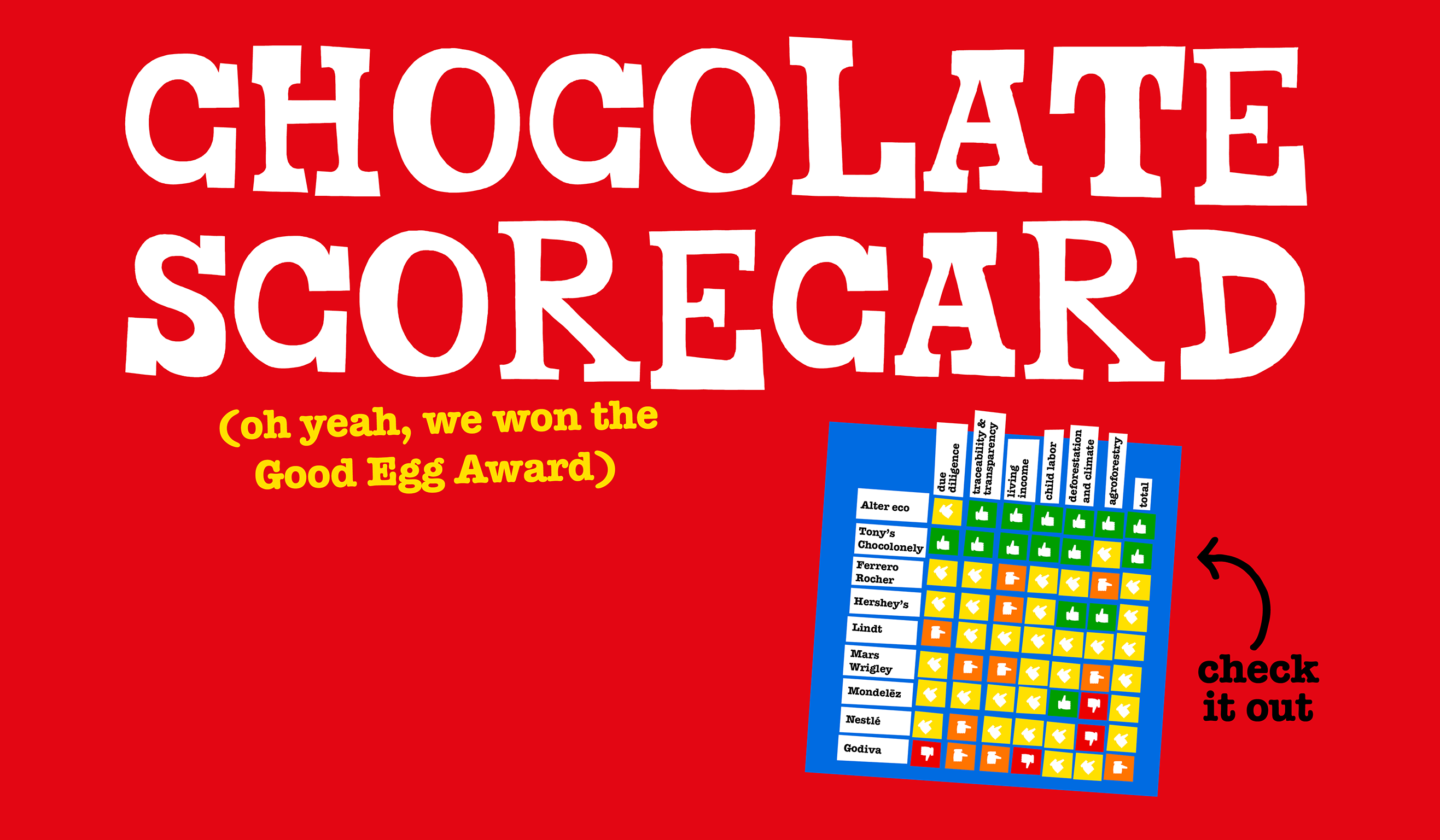Back to school?
For 2 million kids in West Africa, that really would be cool..

Back to school? For 2 million kids in West Africa, that really would be cool.
The new school year has started across Europe. But it’s business as usual for over 2 million children working illegally in the cocoa supply chain. Here’s how we’re teaming up with ICI to stop the exploitation of children and give the kids a fresh start.
School. Homework. Sports. Holidays. It’s such a routine part our culture, we forget that education, play and recreation are every child’s basic rights. Rights routinely denied to over 2 million children in Ghana and Ivory Coast working illegally on cocoa plantations.
From trafficked minors forced to work for no pay, to children whose poverty-stricken families have little choice but to get them to perform dangerous tasks for long hours, when they should be learning in the classroom.
The number is shocking. But what makes it even more unbelievable is that it is on the rise. Despite Big Choco having repeatedly promised to reduce and eliminate the worst instances of illegal child labor by 2020.
Avoiding accountability is easy as A, B, C
It all began in 2001, when the US government proposed an amendment to the agricultural bill, the Harkin Engel protocol, which would lead to a new labelling system for chocolate that could guarantee no child slave labor was used in its production. Realizing how many choco fans would boycott bars without this label, Big Choco went into meltdown, lobbied like crazy, and got the bill scrapped. Instead of being held accountable, they opted for a non-binding agreement for self-regulation without any legal consequences.
Promises multiply but nothing adds up
Fast forward to 2010. Ten years multiplied by dozens of promises equals.. 0 progress. Not a single protocol deadline had been met, so a new framework of action was introduced, promising to reduce the worst forms of illegal child labor by 70% by 2020, backed by 17 million USD from Big Choco and US government. That’s gotta count for something, right? Wrong. It’s now 2020. And there are more children than ever working illegally in the cocoa supply chain in West Africa.
So, what’s the right answer?
Well, there isn’t just one. It’s essential to take action throughout the entire cocoa supply chain. But we have to start somewhere. And we’re seeing CLMRS is a very good place to start. That’s the uncatchy acronym for the Child Labour Monitoring and Remediation System (CLMRS) — a system that helps the cooperatives we work with identify instances of illegal child labor, find alternative solutions and prevent the use of illegal child labor as far as possible.
CLMRS by numbers
CLMRS was developed by the International Cocoa Initiative (ICI) — an organization focused exclusively on advancing the elimination of child labour from the West African cocoa industry — and can result in a drastic reduction of hazardous child labour. Since the implementation of CLMRS in 2017 we have found a lot more cases of illegal child labor than before (313 this year alone). Obviously not great news but it does show that the system is working.
Counting means being accountable
In our own supply chain, the goal is to have all households in our 7 partner cooperatives in the CLMRS by the end of the book year. We’re currently at around 78% of member households — 8,148 households, up from 6624 this time last year — but even with new farmers joining every season, we’re confident we’ll reach 100% very soon. We also strongly believe it is the responsibility of chocolate companies to solve the issues in their supply chain. So, all the costs will be paid for by us, supported by subsidies from RVO, and help from the ICI in the form of visits, data collection tools, and data management systems.
How can you be part of the solution?
If you believe in children’s right to education, help us make illegal child labor a thing of the past and sign our petition.



